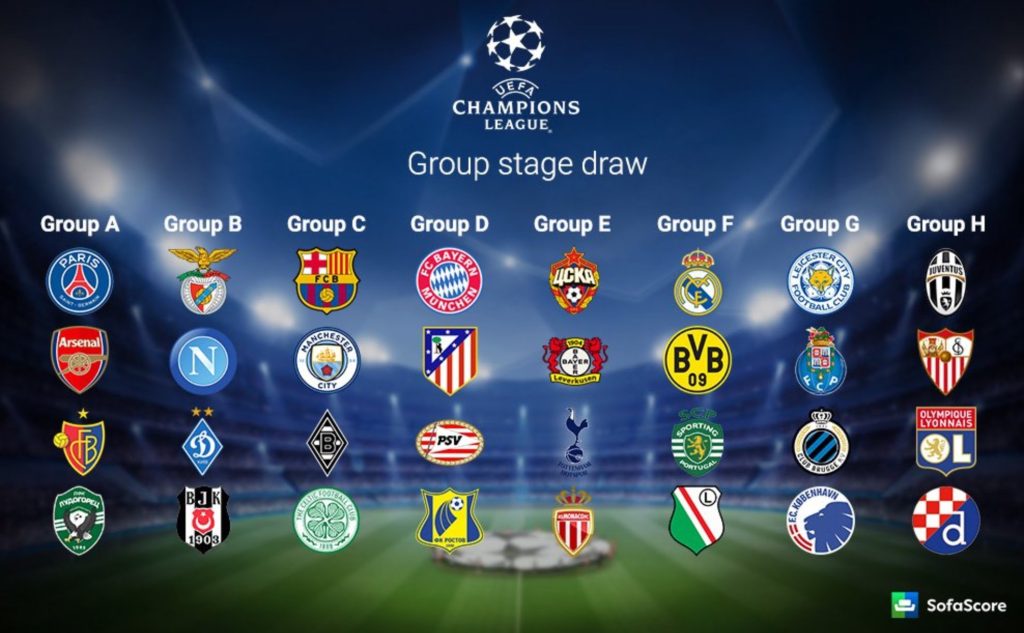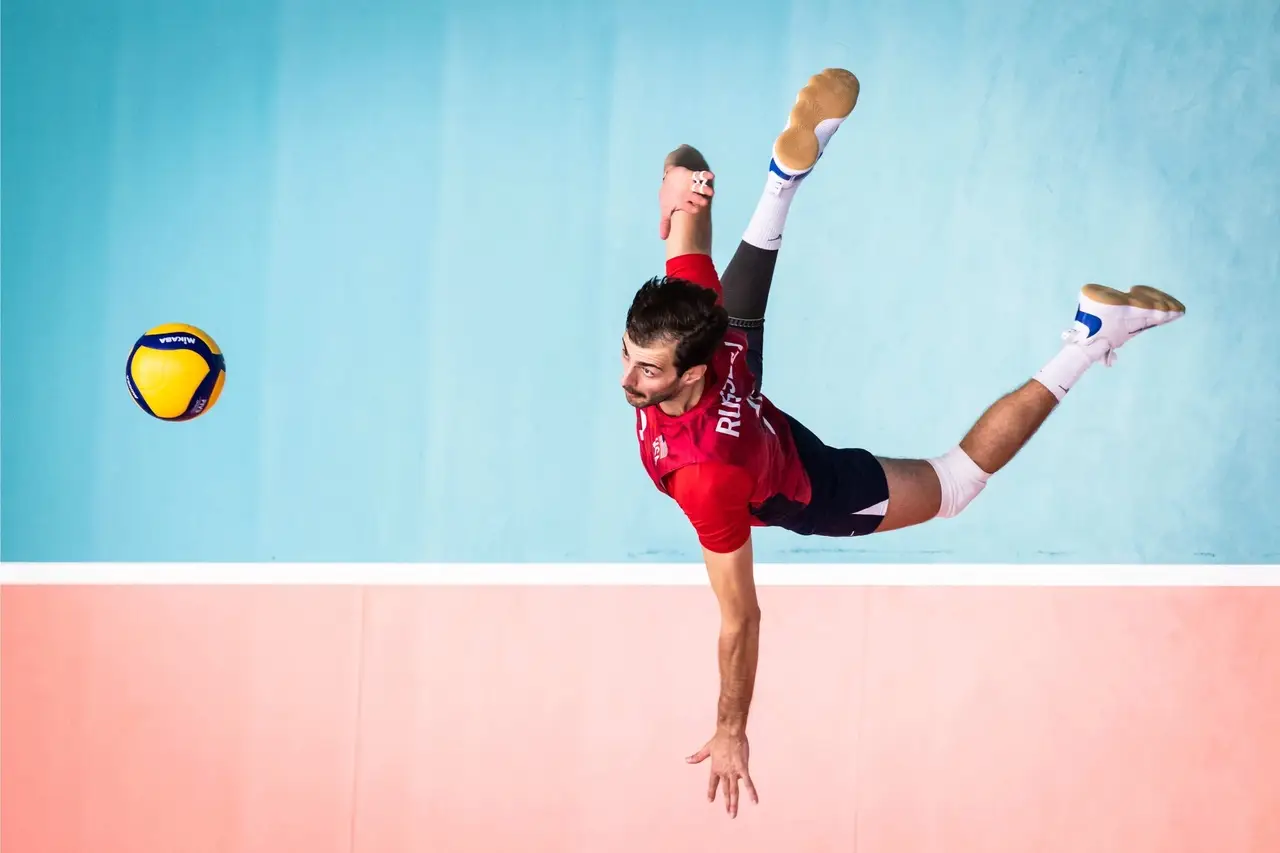The CEV Champions League is the largest club volleyball competition in Europe, bringing together the strongest representatives of national championships. The tournament ensures the highest level of competition among professional teams, sets the standards for the game on the continent, and shapes a new history of volleyball in Europe. Men’s and women’s clubs compete annually for the main continental trophy — the European Champions Cup.
Evolution: The Birth of the CEV Champions League
The tournament’s establishment began in 1960, long before the familiar abbreviation CEV Champions League appeared. The first title holders were teams from Czechoslovakia and the USSR when the competition structure was limited to a minimal number of matches and followed a classic Olympic system. The format gradually became more complex, expanded geographically, and group tournaments were introduced.

The CEV Champions League, as a modern brand, started in the early 2000s, receiving a new logo, updated structure, and systematic broadcasting support. Today, the tournament includes over 30 countries, with more than 150 clubs going through qualification at different stages, and each final showdown attracts millions of viewers.
Tournament Structure: Tiered System
 Before the start of the main stage, the CEV Champions League organizes preliminary qualification rounds. Clubs with low coefficients from countries wishing to advance to the main competition enter this phase.
Before the start of the main stage, the CEV Champions League organizes preliminary qualification rounds. Clubs with low coefficients from countries wishing to advance to the main competition enter this phase.
Group Stage
The group phase consists of 5 groups with 4 teams each. Each team plays 6 matches — home and away. A club earns 3 points for a 3:0 or 3:1 victory, 2 points for a 3:2 win, and the losing team in five sets receives 1 point. This format encourages maximum effort even in losing matches.
Playoffs and “Golden Set”
After the group stage, the CEV Champions League moves on to the playoff stage. The first teams from each group and the three best participants from second place advance here. Rounds are played in a “home and away” format. In case of a tie in sets (e.g., victories of 3:1 and 1:3), the “Golden Set” rule is used — an additional tie-break to 15 points to determine the next stage participant.
Final: Volleyball Extravaganza of the Continent
The final match of the CEV Champions League is held in a neutral city — a pre-selected venue that meets the confederation’s requirements. The final takes place in a single match format, turning into a major sporting event with full stands, television broadcast, and the participation of international volleyball legends.
The composition of the finalists includes champions of national leagues and top-rated teams by the CEV. The tournament final represents the pinnacle of quality, speed, and spectacle. The medalists receive points in the club ranking, financial prizes, and automatic qualification for the next season, subject to meeting the Federation’s internal criteria.
Participants of the CEV Champions League: Who Competes for the Title
The CEV Champions League selects participants through national leagues. The country’s champion and additional teams (depending on the Federation’s rating) earn the right to represent the state. For example, Italy, Poland, and Turkey regularly field 2–3 groups in the main draw due to their high ratings.
The main pool of tournament participants in recent seasons:
-
Men: Cucine Lube Civitanova (Italy), ZAKSA Kędzierzyn-Koźle (Poland), Trentino Volley (Italy), Jastrzębski Węgiel (Poland).
-
Women: VakıfBank İstanbul (Turkey), Eczacıbaşı Dynavit (Turkey), Imoco Volley Conegliano (Italy), DevelopRes Rzeszów (Poland).
Rules and Regulations: Factors Influencing the Outcome
The CEV Champions League fully complies with the rules of volleyball tournaments approved by the European Volleyball Confederation. Matches are played on standard 18×9 m courts, official equipment and balls certified for use are employed. The refereeing panel is composed of representatives from countries not involved in the specific match.
The points system, set duration (up to 25, tie-break to 15), rotations, substitutions, and video reviews adhere to international regulations. Each stage of the tournament includes a strict schedule — qualification, calendar, monitoring of rest days, and mandatory medical support.
Sponsors, Media, and Financial Model: How the CEV Champions League Turns Volleyball into Business
The CEV Champions League has long evolved from purely sporting events to highly profitable media products. The tournament builds a financial model on several pillars: television, digital channels, partnerships with global brands, and a premium payout system to clubs. Each component generates revenue, enhances visibility, and makes volleyball stand out among other team sports in Europe.
Sponsorship Contracts
Key partners of the CEV Champions League include multinational companies — from sports equipment manufacturers to financial services and energy brands. In the 2023/24 season, three European giants served as the main partners:
-
Sports equipment and balls — the official supplier provides the CEV Champions League FIVB standard ball with a unique texture and spin control.
-
Air carrier — sponsor of charter flights for clubs between tournament stages.
-
Financial service — operator of the premium system and online ticketing for matches.
Contracts not only shape the advertising budget but also require clubs to adhere to strict branding regulations, media presence, and digital reporting. Each team reaching the final receives an additional bonus from the partner.
Television and Digital: Comprehensive Media Coverage
The CEV Champions League expands its reach through live broadcasts distributed to national broadcasters and streaming platforms. In the 2023/24 season, the TV broadcast volume exceeded 150 hours. The content included:
-
All matches of the group stage and playoffs in HD quality.
-
Live coverage from the courts, including interviews between sets.
-
Replays with tactical insights and “smart” statistics.
On social media, the content reached 12 million views on Instagram, YouTube, and TikTok. Videos like “10-second ball,” golden set reviews, and highlights featuring top women’s clubs attracted the attention of a youthful audience.
Financial Model: How the Tournament Economy Works
The financial model of the CEV Champions League combines centralized funding with bonuses for performance. The Cup is not just a sporting title but a significant economic incentive for clubs.
Key elements of the model:
-
Prize pool — up to 2.5 million euros depending on the commercial load of the season.
-
Winner’s prize — 500,000 euros + the club receives a trophy, the champion title, and the right to additional payments from the national federation.
-
Fee for group stage matches — 25,000–35,000 euros depending on the country and level of audience interest.
-
Logistics expenses — covered by the CEV, including flights, hotels, catering, venue rental, and technical broadcast equipment.
-
Bonuses for reaching the playoffs — starting from 50,000 euros, including payments for each additional victory.
Clubs’ Revenues and Sustainability
Clubs utilize participation as a tool to increase market value. Ticket sales, merchandise, sponsor logos on uniforms, exclusive matches for partners — all contribute to the revenue structure. Men’s clubs playing at home consistently attract 2,500 to 5,000 spectators per match, ensuring the profitability of venue rental and additional profits from VIP areas.
Federations incentivize teams through tax benefits and subsidies for rentals. This creates a sustainable model where the tournament acts as a driver for both national sports and small businesses in host cities.
Innovations: Data, Mobile Platforms, Statistics
In the past two seasons, the CEV Champions League has introduced digital solutions:
-
Mobile app with schedules, forecasts, lineups, and integration of Fantasy format.
-
Online analytics for viewers: serving, attacking, aces, play efficiency.
-
Broadcasts with Hawk-Eye graphics — visualization of contentious moments.
-
Automatic highlight reels — clubs receive clips of the best moments within 30 minutes after the final whistle.
These technologies enhance the tournament’s viewing experience and create additional value for fans and analysts. Women’s teams particularly leverage them, focusing on digital promotion and audience engagement.
Revenue Examples: Real Economic Scenarios
Example 1: A men’s club from Poland earns 125,000 euros for the group stage, 50,000 for reaching the quarterfinals, 500,000 as the winner, and an additional 80,000 from ticket sales for home matches.

Example 2: An Italian women’s team leverages broadcasts and TikTok content for a partnership with a cosmetic brand, securing a 120,000 euro advertising contract per season.
CEV Champions League — Mirror of European Volleyball
 The CEV Champions League has become the premier club tournament in Europe, uniting competitive passion, professionalism, and strategic development of volleyball. The level of organization, format richness, international recognition, and growing audience interest make this competition a benchmark for the entire sports industry. The winner of the Champions League enters history, becoming a symbol of the entire European school of play.
The CEV Champions League has become the premier club tournament in Europe, uniting competitive passion, professionalism, and strategic development of volleyball. The level of organization, format richness, international recognition, and growing audience interest make this competition a benchmark for the entire sports industry. The winner of the Champions League enters history, becoming a symbol of the entire European school of play.
 en
en  de
de  ar
ar  es
es  hi
hi  fr
fr  nl
nl  it
it  pt
pt  el
el 










